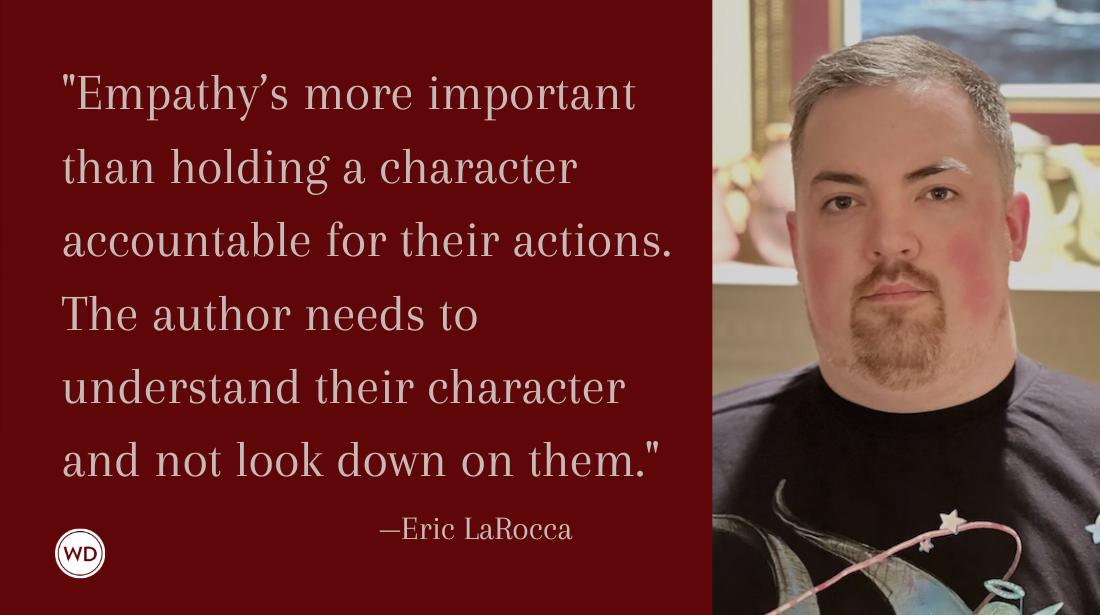Defining Picture Books, Middle Grade, and Young Adult
Understanding your target audience is key to making sales, and books for children are no different. Here, Brian A. Klems explains the differences between subcategories for children’s books.
Q: I'm writing a children's book and I see that most publishers have different classifications within the genre—picture books, middle grade, young adult, etc. What are the differences? –Kara G.
A: Like any genre, there are plenty of subcategories for children's books. Ultimately, though, there are five main classifications that you should know—toddler books, picture books, easy readers, middle grade, and young adult—and each are associated with the age group they service.
Toddler books (also known as "board books" because they are printed on hard cardboard for sturdy construction) are published for children 3 years old and younger. They often rhyme or repeat lines, and are generally no longer than 300 words. Examples include Pajama Time! and Barnyard Dance! by Sandra Boynton (my daughters' favorites), Where Is Baby's Belly Button? by Karen Katz, and Brown Bear, Brown Bear, What Do You See? by Bill Martin Jr. and Eric Carle.
Picture books are published for children ages 4 to 8 years old and rely heavily on pictures and illustrations to tell the story. This is a big-tent category, where the definition can vary greatly from publisher to publisher, but picture books are typically about 1,000 words long and centered around one main character. Examples include Where the Wild Things Are by Maurice Sendak, The Carrot Seed by Ruth Krauss, and The Polar Express by Chris Van Allsburg.
Easy Readers are published for kids ages 5 to 8 years old and are geared toward kids who are starting to read on their own. Page length usually falls between 32 to 48 pages (and can even range up to 64 pages), with a maximum word count of 2,000 words (though most fall well short of that). Examples include Amelia Bedelia by Peggy Parish, Monkey Trouble by David Martin, and most Shel Silverstein and Dr. Suess books.
Middle-grade books are published for children 9 to 11 years old and are generally 100-150 pages. Stories show a little more complexity, sub-plots, and a larger cast of characters.
Young adult books are geared for kids 12 years old and up. They are very complex, often dealing with mature themes and adolescent concerns. Word count ranges from 45,000 to 80,000 (a good number to aim for is 65,000). Young adult is another big-tent category (probably more so than picture books) and houses a wide spectrum of books, so don't be surprised if you see different definitions elsewhere. Examples of YA books include Stephenie Meyer's Twilight series, J.K. Rowling's Harry Potter series, and (my all-time favorite YA novel) The Outsiders by S.E. Hinton.
Brian A. Klems is the former Senior Online Editor of Writer’s Digest, and author of Oh Boy, You’re Having a Girl (Adams Media/Simon & Schuster). Follow him on Twitter @BrianKlems.








